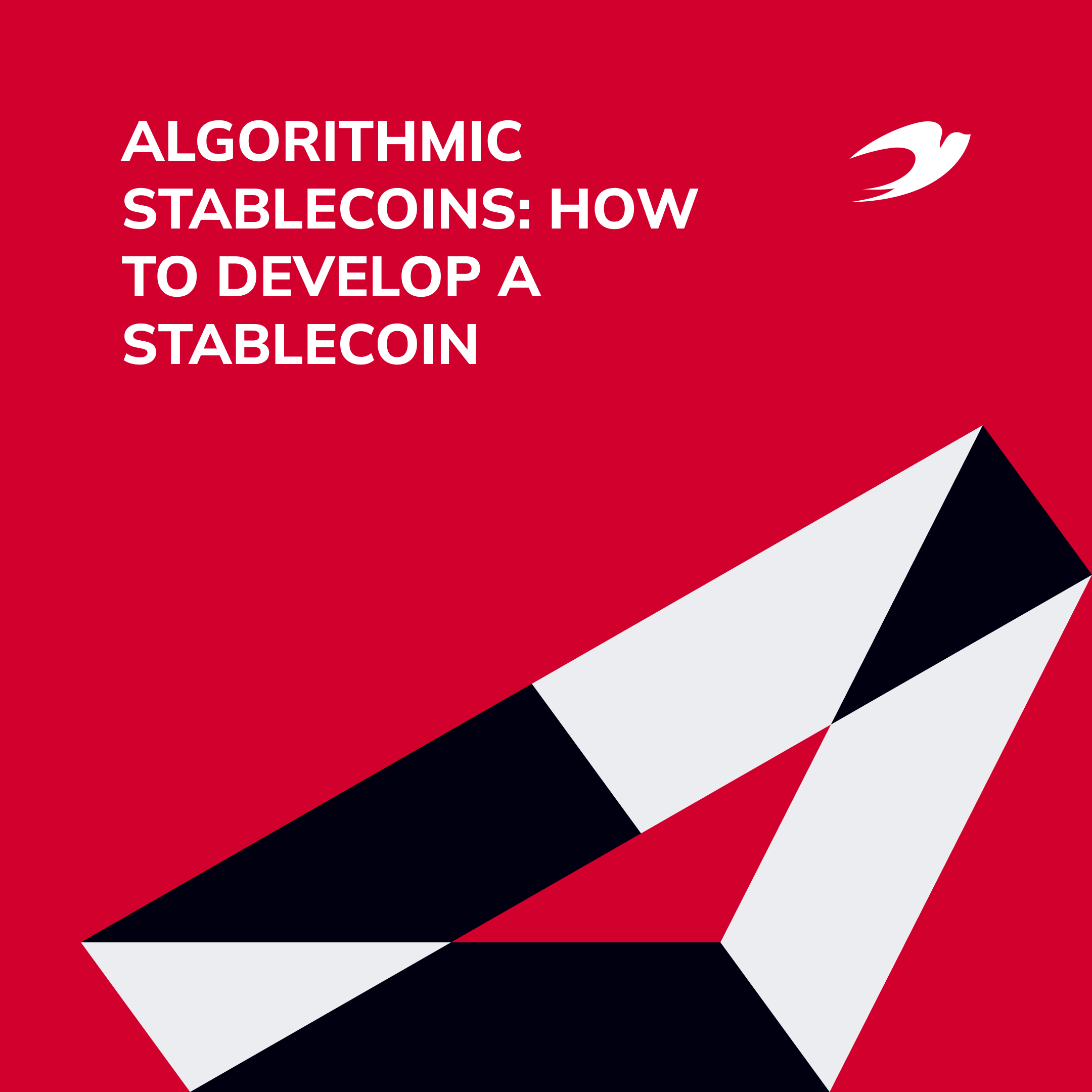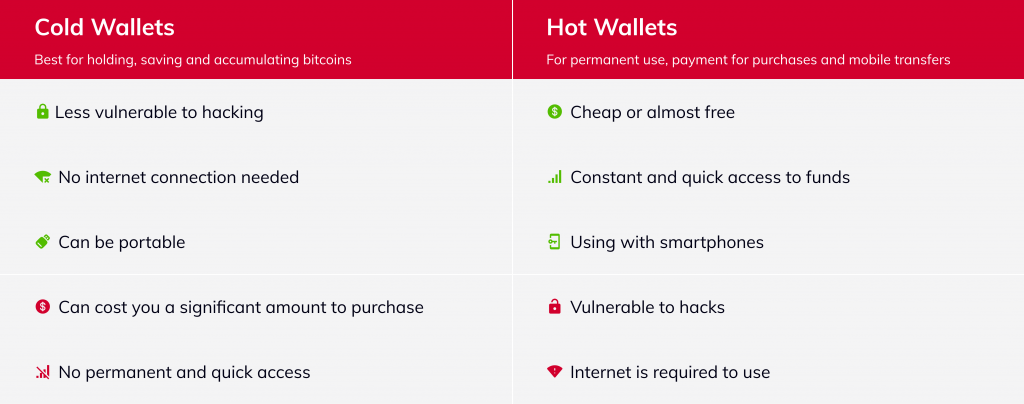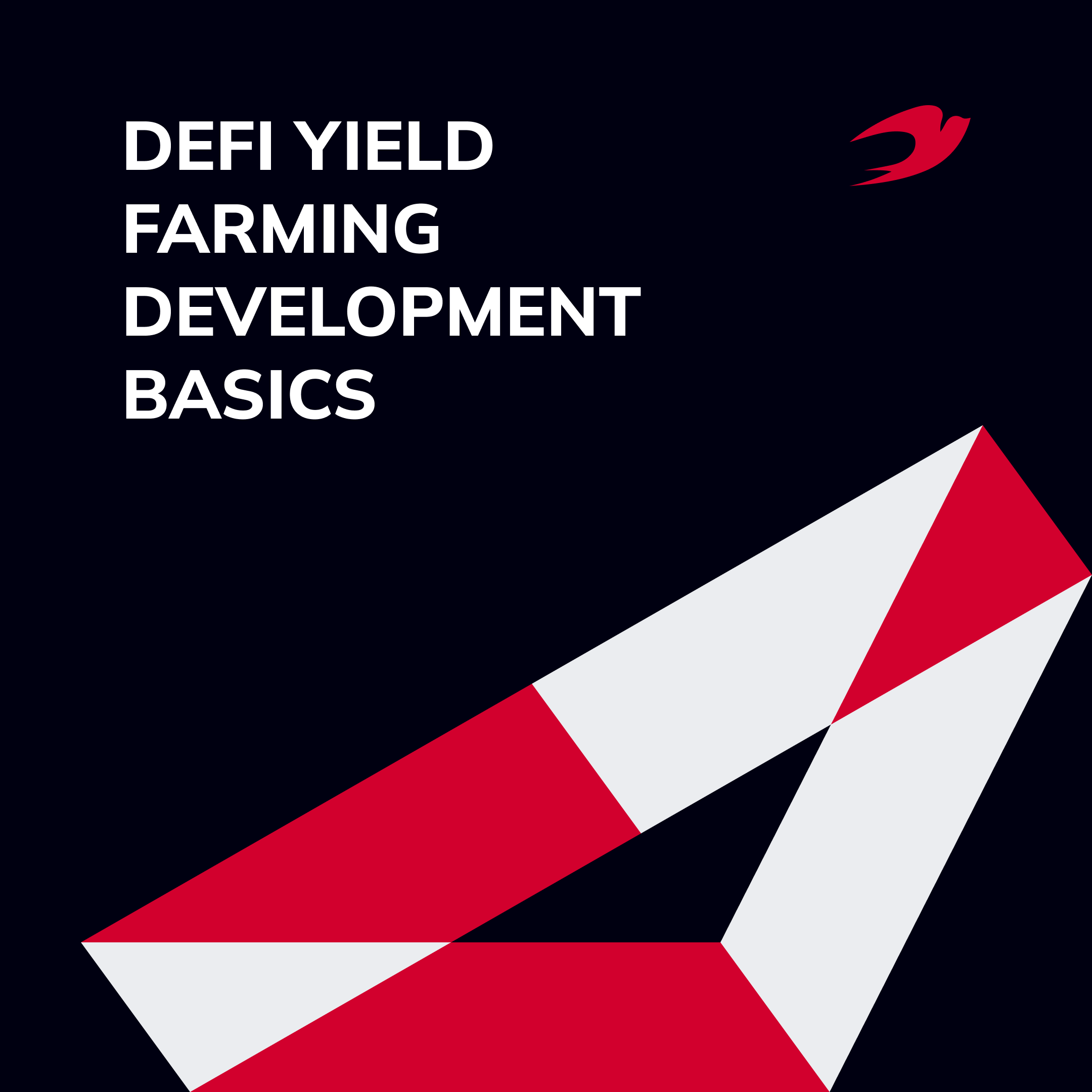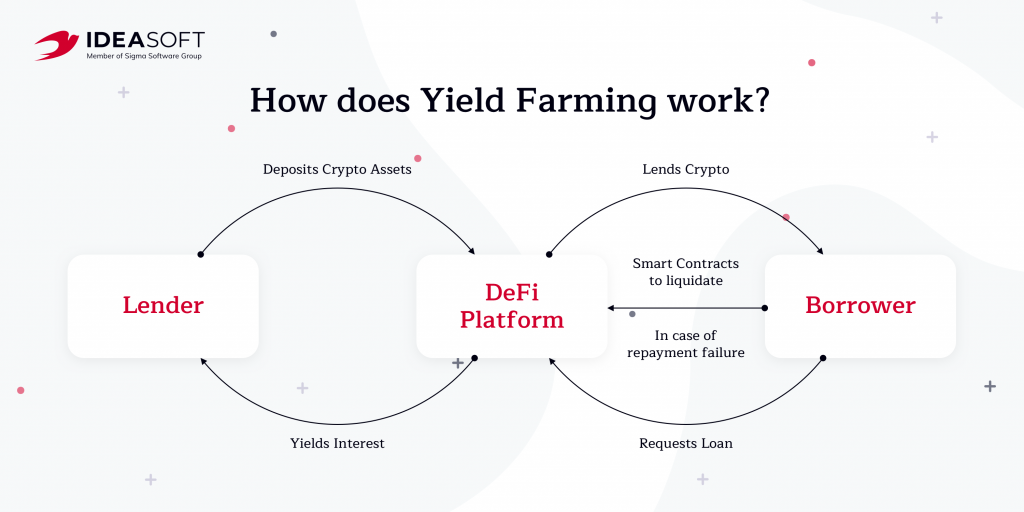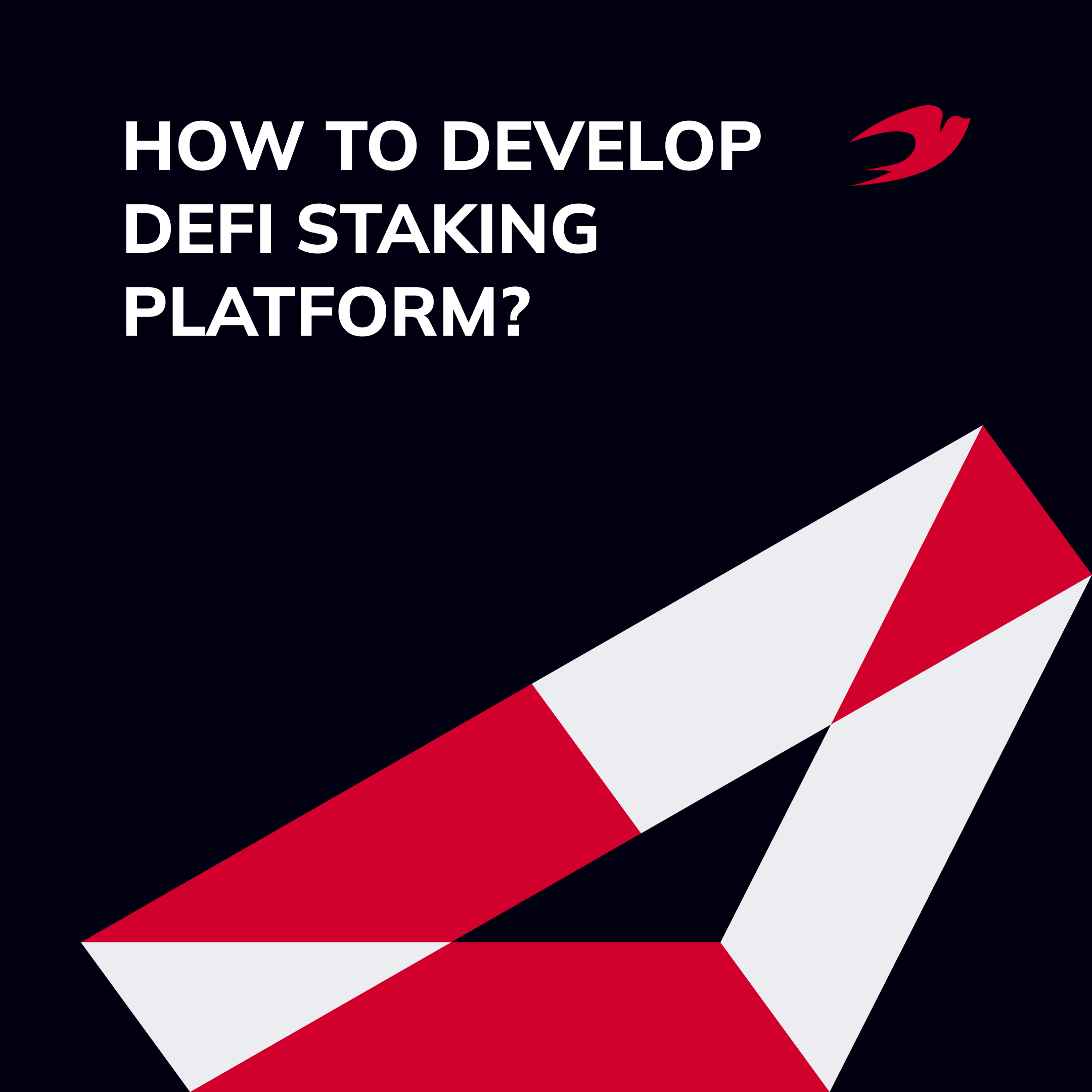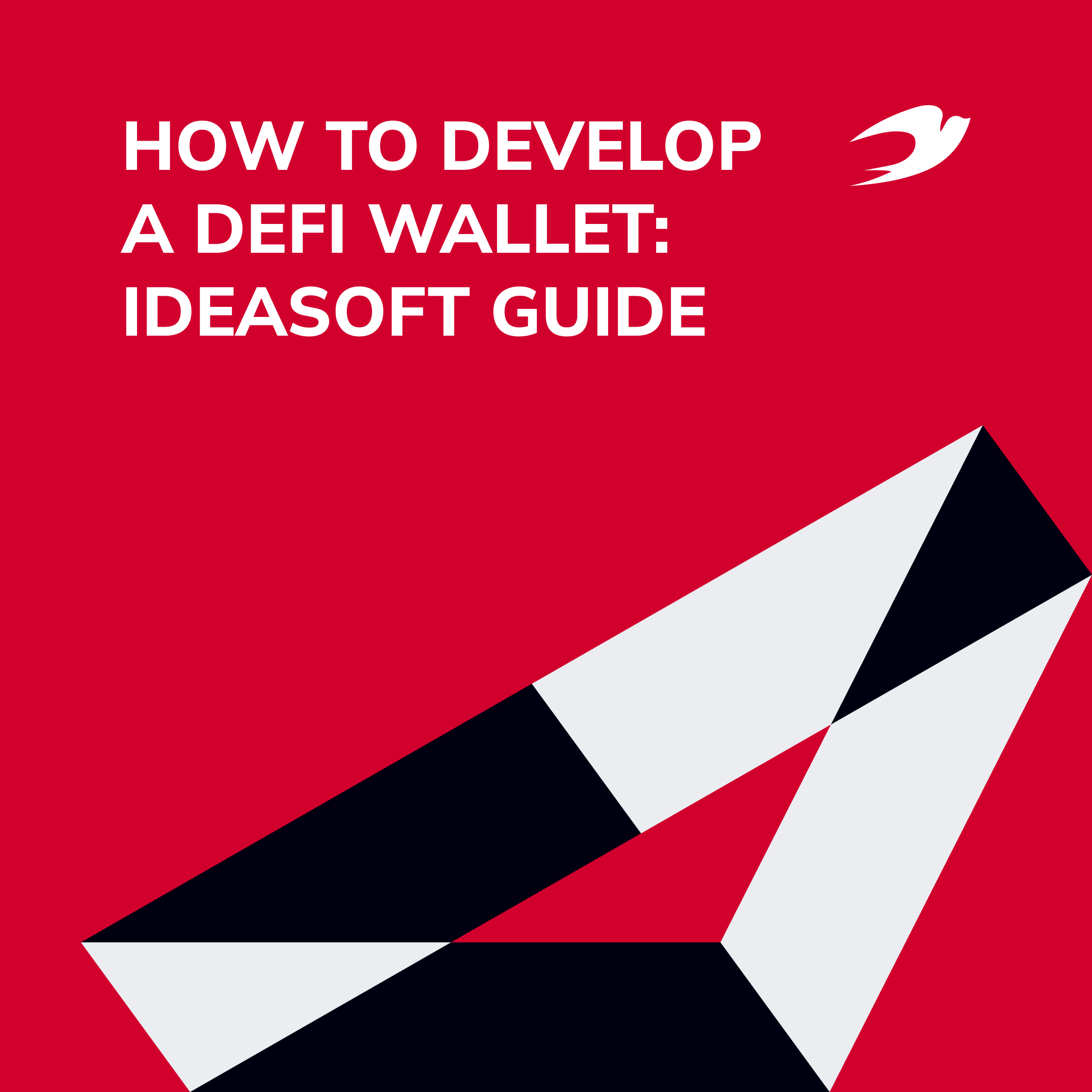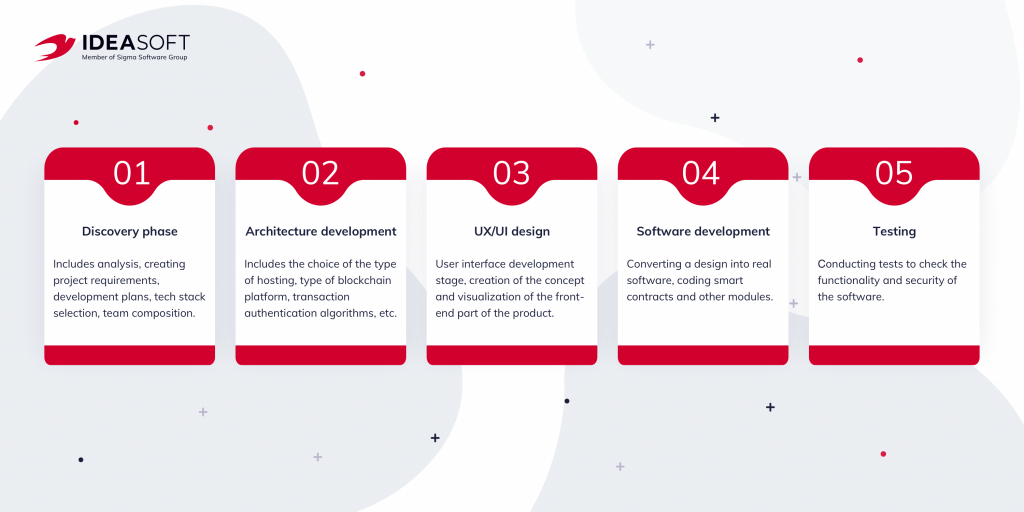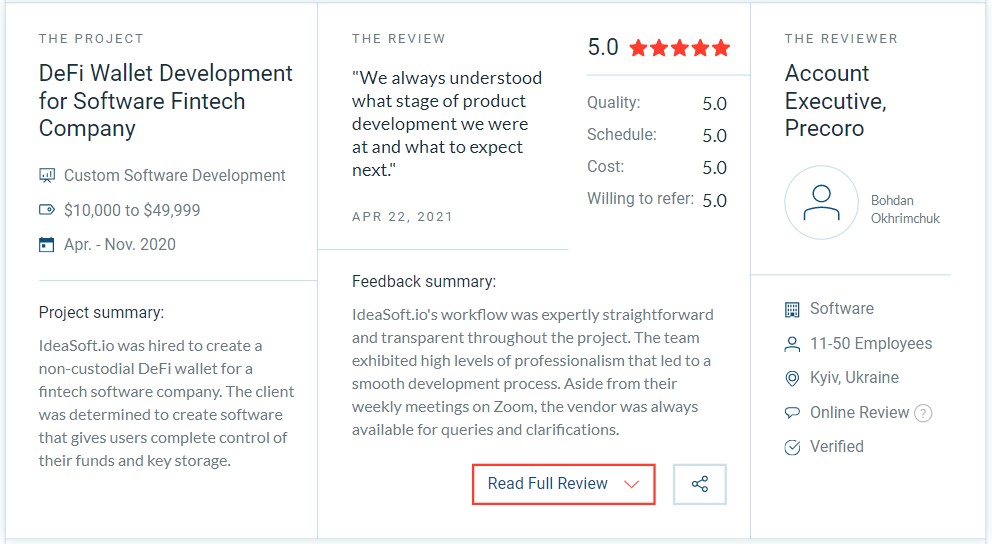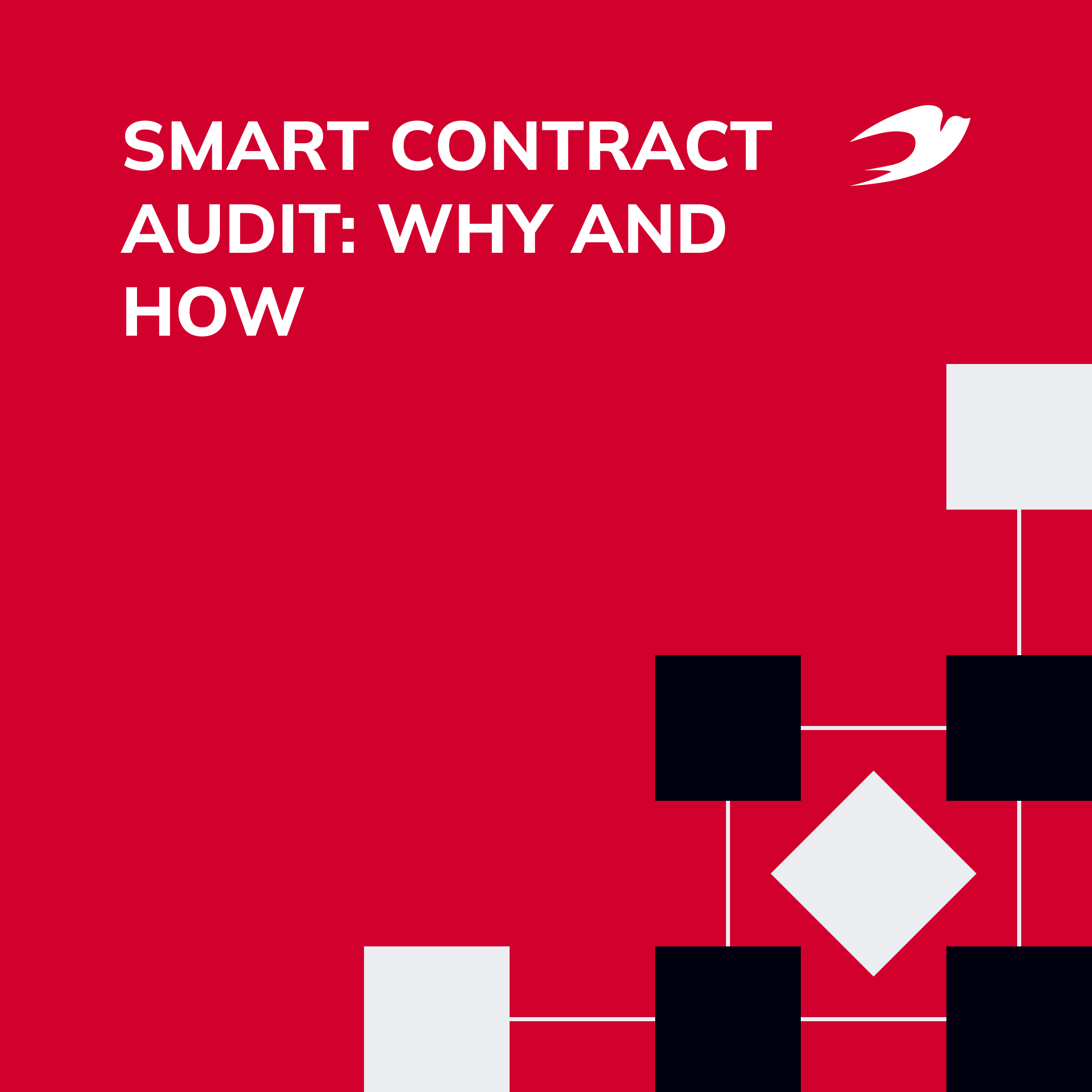Recently, the landscape of algorithmic stablecoins has seen significant growth and technological advancement. What was once an obscure concept has now gained widespread attention and recognition. As a result, there is a large demand for understanding this technology as well as stablecoin development companies.
At IdeaSoft, we have significant expertise in DeFi, stablecoins, and DEX/CEX domains. This is why we aim to shed light on this subject and delve into its critical aspects. This article will discuss what are algorithmic stablecoins, the benefits and challenges of algorithmic stablecoins, the algorithmic stablecoin development process, and real-world examples of successful technology implementations.
Looking for experienced stablecoins developers?
Our experienced team is well-versed in the nuances of stablecoins. We can provide invaluable insights to help navigate the algorithmic stablecoin development challenges and help you build a secure solution. Feel free to contact us right now!
Table of content:
- What is an algorithmic stablecoin?
- Benefits and challenges of algorithmic stablecoins
- How to develop a stablecoin? Step-by-step guide
- Real-world examples
- Summary
What is an Algorithmic Stablecoin?
An algorithmic stablecoin is a digital asset which is governed by algorithms to reduce the price volatility. For example, if a coin is pegged to the U.S. dollar in the proportion of 1:1, its rate should always be close to the mark of 1 dollar. An algorithm handles the stabilization of algorithmic stablecoins. It keeps the exchange rate close to a given mark.
Unlike classic stablecoins such as Tether (USDT), algorithmic stablecoins are decentralized. The lack of a single control body for the asset circumvents counterparty risk. As a result, holders of these stablecoins rely on the algorithm.
Benefits and Challenges of Algorithmic Stablecoins
Algorithmic stablecoins operate decentralized. Their issuance, circulation, and burning processes are managed through smart contracts. This decentralization enhances the efficiency of investing in such stablecoins. It also facilitates rapid ecosystem scaling as the user base expands.
As a consequence of this decentralization, it is impossible to lock algorithmic stablecoins into users’ wallets. As for centralized stablecoins, they can be frozen or blocked by the issuing company. This practice has been already employed on several occasions.
However, algorithmic stablecoins face systemic challenges inherent to the DeFi industry. They include:
- Exploitation of smart contract weaknesses. Attackers can take advantage of bugs in the smart contracts that manage the issuance and pegging of stablecoins. They can undermine the coin’s stability.
- Oracles malfunctioning. Price manipulation can occur when oracles do not function correctly. Oracles are external data sources used to determine a stablecoin’s value. Manipulating these inputs can distort the stablecoin’s price.
- Information attacks. Stablecoins are susceptible to information attacks aimed at panic selling and price manipulation. These attacks can trigger a loss of the coin’s peg.
This is why if you want to make an algorithmic stablecoin that will surpass all the competitors, you must consider all the possible challenges. IdeaSoft team take particular attention to smart contract security and apply 100% unit test coverage to all contracts that are being developed by our team. In addition we provide an in-house testing and debugging at the different stage of smart contract development to deliver a secure technology for you.
How to Develop an Algorithmic Stablecoin? Step-by-Step Guide
Here, we have discussed a step-by-step guide on how to build an algorithmic stablecoin.
Identify the blockchain platform you need
Selecting the right blockchain network is pivotal for developing your own algorithmic stablecoin. It will impact the security, scalability, interoperability, and cost-efficiency of your stablecoin. Here are key factors to contemplate when making your choice:
- Security. It’s essential to pick a blockchain network with a strong security track record. It also must have advanced security measures. We mean multi-signature authentication, two-factor authentication, and robust encryption.
- Scalability. The scalability of the blockchain impacts your algorithmic stablecoin transaction volumes. Choose a blockchain with swift transaction processing, high throughput, and reasonable transaction fees.
- Interoperability. Interoperability is crucial for your stablecoin’s acceptance and utility. Choose a blockchain that can effectively interact with other networks and protocols.
- Cost-effectiveness. Building algorithmic stablecoins can be costly due to gas fees and development expenses. Evaluate the cost-effectiveness of your chosen network and weigh it against its benefits.
Our experts at IdeaSoft are always here to provide advice and support. No matter what stage you are at in developing your algorithmic stablecoin, our specialists can always provide expert advice and assistance in selecting the right blockchain. Even if you want to develop a blockchain application, our team can help you.
Consider the maintenance of liquidity
For algorithmic stablecoin development you must think about liquidity in advance. Gauging the total liquidity necessary for establishing a stablecoin is paramount. It guarantees the stability and steadfast peg of the stablecoin to its underlying asset. The requisite liquidity hinges on both the total supply of the stablecoin and the prevailing market value of the underlying asset.
The level of collateralization must be administered diligently. Excessive collateralization can lead to diminished investor returns due to surplus liquidity. Conversely, inadequate collateralization may precipitate instability, erosion of trust, and dwindling liquidity, eventually causing the stablecoin to deviate from its intended peg.
Algorithmic stablecoins operate differently from collateralized stablecoins. They rely on algorithms and smart contracts to regulate their supply and maintain stability without traditional assets as collateral. Here are 3 basic sources of liquidity you can use to create your own algorithmic stablecoin:
- Seigniorage. Stablecoins generate seigniorage (the profit derived from issuing and managing the stablecoin). When the stablecoin’s price rises above its target value, new tokens are minted, sold, or distributed to holders. This generates income. This income can be used to support and stabilize the stablecoin.
- Liquidity pools. These pools can ease trading and maintain the stablecoin’s peg. Liquidity providers earn fees for their contributions.
- Oracles and market data. Algorithmic stablecoins often rely on oracles to determine their supply adjustments. Accurate and reliable oracles are crucial to ensure that supply changes align with market conditions.
It’s important to note that proper governance and active management of these liquidity sources are essential to maintaining the stablecoin’s peg. They are also crucial for preventing significant price fluctuations. To develop an algorithmic stablecoin that surpasses the competition, you must consider liquidity in advance.
Develop a smart contract
Smart contracts are self-executing digital agreements. The terms of the arrangement between transacting parties are encoded into its code. These contracts trigger when predefined conditions are met.
In the context of creating algorithmic stablecoins, smart contracts serve to automate critical aspects of the coin’s behavior. They encompass stablecoin issuance and redemption, collateral reserve management, and the implementation of mechanisms for price stabilization.
Smart contract testing
Smart contract testing & debugging is of paramount importance when developing your own algorithmic stablecoin. These smart contracts are responsible for managing the stablecoin supply, making critical decisions, and ensuring that the stablecoin’s price remains pegged to a specific value.
Suppose a smart contract is not secure. In that case, it can lead to a wide range of problems and potentially devastating consequences, including:
- Loss of funds
- Hacks and exploits
- Asset liquidations
- Price manipulation
- Privacy breaches
- Loss of trust
To create an algorithmic stablecoin, thorough security audits, code reviews, and rigorous testing are essential during the development of smart contracts. We strongly recommend achieving 100% unit test coverage for all your smart contracts. Our reputation proves our desire to build only secure real-world asset tokenization solutions, DeFi apps, smart contracts, and stablecoins.
Need a secure smart contract for your DeFi solution?
Let’s talk and correctly draw up the requirements for your project!
Blockchain platform integration and launching
Integrating tokens with a blockchain platform is the last step in algorithmic stablecoin development. Here, developers align the stability mechanisms encoded in the smart contracts with the blockchain’s infrastructure. This integration ensures the stablecoin’s price stability. It also ensures that functionality can be reliably maintained within the decentralized ecosystem.
Best Blockchain Platforms for Stablecoin Development
In 2024, there are many different blockchains you can use to create an algorithmic stablecoin. You can choose from:
- Ethereum
- Binance Smart Chain
- Solana
- Avalanche
- Polkadot
In our experience, the most popular blockchains for creating algorithmic stablecoins are Ethereum, BNB Chain, and TRON. Each network has unique advantages and limitations. Conducting a thorough assessment based on your specific requirements and objectives is imperative.
Real-world Examples
Here, we want to discuss 2 notable algorithmic stablecoins in the market. These examples will help you develop an algorithmic stablecoin to surpass the competition.
Synthetix USD
Synthetix USD is one of the most prominent algorithmic stablecoins in cryptocurrency. Constructed on the Ethereum blockchain, SUSD is the brainchild of the Synthetix team. By the way, it is a leading player in decentralized synthetic asset issuance.
SUSD taps into the Ethereum blockchain’s capabilities to ensure the steadfastness of its value. The platform employs a distinctive mechanism to uphold the SUSD’s peg to the US dollar. It involves collateralized debt positions (CDPs) and its native SNX token.
Demand for stablecoins in the cryptocurrency space continues to grow. This is why SUSD has emerged as a sought-after and adaptable stablecoin choice for users immersed in the DeFi ecosystem.
FRAX
FRAX is an algorithmic stablecoin developed in 2020 by Sam Kazemian and Travis Moore. FRAX has drawn considerable attention due to its unique approach to maintaining price stability. It operates on the Ethereum blockchain. It harnesses the power of smart contracts and sophisticated algorithms to regulate its supply according to market demand. This way, it ensures its price stability.
The key to FRAX’s success lies in its ability to steadfastly peg itself to the US dollar. It grants users a dependable and steady store of value within the turbulent crypto market.
Summary
Achieving the goal of a truly stable digital currency is not without its challenges. Success requires a combination of technical prowess, economic insight, and regulatory compliance.
For those seeking expert guidance in how to develop an algorithmic stablecoin, IdeaSoft offers comprehensive consultation services. Fill in the form below and we will be in touch within 2 business days!
